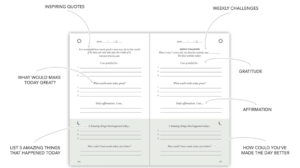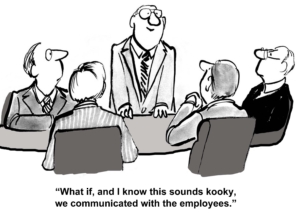"I'm Going To Change Your Life In One Easy Step!" I get emails like this all the time. Personalities who say they will radically change your life instantly. All you have to do is believe (and spend $195, $795, 0r $8995) and you will get the secret to the riches of the universe without lifting a finger.
I just received another one today: "Rewire your mindset to become unbeatable!" "Grow your financial fortune!" "Get ultra-fit and feel better than ever before!" "Achieve all the goals you never could achieve before!"
It's magic! And if you send them your money, they will change your life! Of course, they are highly successful, jetting around the world, filming videos in really cool places. So they must know the secret!
I get together with a number of high-level coaches each month and we are a bit perplexed with the success of these people who sell 21st century snake oil. Don't people get it? Here are some immutable rules of life:
- Change doesn't happen overnight. It took you a long time to get where you are and it will take a little bit of determined work to get you where you want to be. Yes, you can 'change your mindset' — but the journey will be long, hard, and you will have to gird yourself against falling back into old routines.
- You won't make seven figures right out of the gate. Unless you have a foolproof hair-growth formula (I'll buy it), incremental gains will only occur if you make the right decisions, at the right time, and deliver a powerful product/service that a lot of people see and want to buy.
- You won't look like Ryan Gosling instantly. I don't know what 'ultra-fit' means, but after speaking with my personal trainer, it takes months/years to get (and stay) 'ultra-fit'.
Here's my 'secret' prescription for change:
- You need a roadmap. If you don't know where you are and where you want to go, you're going to fail. You also need a step-by-step plan of tasks and activities to get you there.
- You will need to focus. Don't get distracted by shiny objects — it will be hard to stay on track and not veer off into uncharted territory where you might get demotivated.
- You are going to test your limits of confidence and work. It's going to be hard at times — you will have to push yourself more than you ever have before.
- You are going to have to be open to change a few key things in your life. Bad habits and decisions are hard to break — you have to chart a new course and stay on it.
- You are going to make many mistakes along the way. It's a fact of business — take chances and you might fail. It's how you stand up and keep going.
- You are going to have to make a LOT of new friends. You have to reach out farther than you ever have before — meet people who are scary — make hundreds of new friends.
- You need a little luck. Yes, luck. Luck appears when you open yourself up to new opportunities, options, and friends. And you cast away bad habits and procrastination.
Think of the new successful tier of business - Tim Cook (Apple), Brin & Page (Google), Jeff Bezos (Amazon), Mark Zuckerberg (Facebook), Jack Ma (Alibaba), etc. They all have and currently work quite hard at their roles to get and stay where they are today. Want to be highly successful? Want to be a star? You have to work it.
"There's no such thing as a free lunch."



